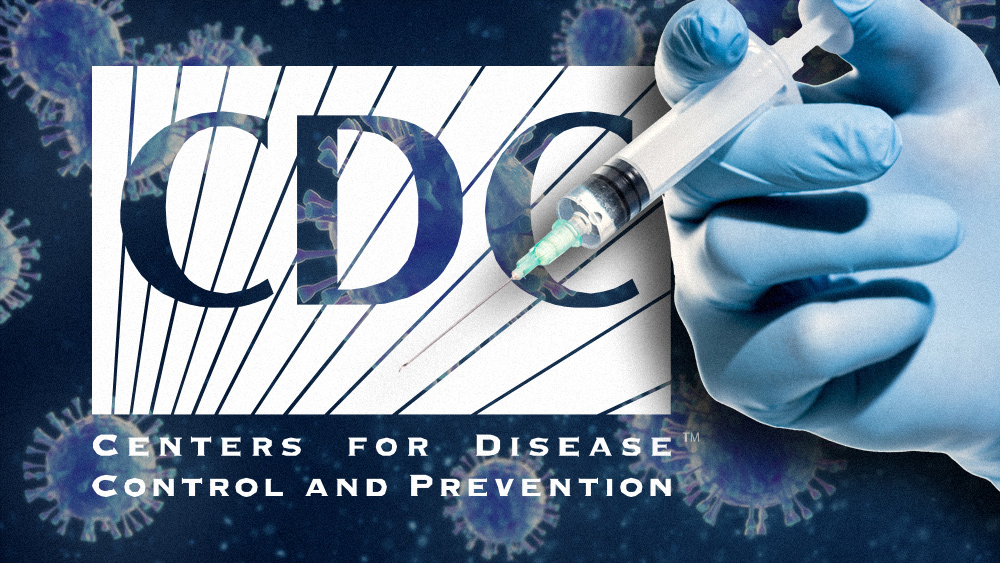Nonprofit group cleaning up plastic waste from Great Pacific Garbage Patch
10/22/2020 / By Michael Alexander

The removal of plastic from the Great Pacific Garbage Patch is now well underway, thanks to the efforts of Ocean Cleanup, a nonprofit geared towards cleaning the world’s oceans.
The cleanup, made possible by a large device designed by Ocean Cleanup founder and CEO Boyan Slat, successfully captured and held debris ranging from large cartons, crates and abandoned fishing gear to microplastics, according to a press release published by the nonprofit.
“Today, I am very proud to share with you that we are now catching plastics,” Slat said.
Novel device allows for large scale oceanic trash collection
Slat described the Ocean Cleanup device as being a U-shaped barrier that drops a net below the surface. According to Slat, the net traps moving objects once it gets moved by ocean currents, while at the same time, allowing fish and marine life to swim safely beneath it.
Slat first presented the plans about a barrier near the Great Pacific Garbage Patch in a TEDx talk that he delivered when he was 18 years old.
Now 26, Slat said his original plans were slowed by what he described as “spectacular failures.” These included a design flaw that stopped the barrier from holding onto the plastic it captured, as well as an instance in which a 59-foot section of the barrier disconnected from the device. In addition, another design flaw caused the device would pick up speed from the ocean currents, thus outpacing the plastic litter it was supposed to catch.
These flaws, Slat said, led to them retooling the device, including the addition of a parachute-anchor. This parachute anchor helped draw fast-moving plastics into the barrier.
“Our team has remained steadfast in its determination to solve immense technical challenges to arrive at this point,” Slat said in the statement. He noted that they’re looking forward to continuing their next phase of development, which is the scaling-up of the project in a bid to remove half of the entire Great Pacific Garbage Patch.
According to Ocean Cleanup, this next iteration of their device – dubbed System 002 – will be a full-scale cleanup device that will be able to endure rough ocean conditions and retain the collected plastic for long periods of time between collections.
The collected plastic, Ocean Cleanup said, will be returned to land and processed for recycling.
What is the Great Pacific Garbage Patch?
The largest of five offshore plastic accumulation zones in the world’s oceans, the Great Pacific Garbage Patch, is a swath of plastic debris brought and kept together by a whirlpool of currents.
Located halfway between Hawaii and California, this garbage patch covers an estimated surface area of 1.6 million square kilometers – an area twice the size of Texas or three times the size of France. (Related: Waves of trash wash up on pristine beaches of Honduran town.)
According to experts, the mass of the plastic located in the Great Pacific Garbage Patch is estimated to be approximately 80,000 tons – a figure equivalent to the total mass of 500 Jumbo Jets. In addition, a total of 1.8 trillion plastic pieces are estimated to be floating in the patch – a plastic count that is equivalent to 250 pieces of plastic for every human in the world.
For more stories about the world’s oceans, visit OceanHealthNews.com.
Sources include:
Submit a correction >>
Tagged Under:
clean ocean, clean water, Ecology, environ, environment, goodtech, microplastics, ocean cleanup, ocean garbage, ocean life, Plastic, polluted beaches, trash, water health, water pollutant
This article may contain statements that reflect the opinion of the author
RECENT NEWS & ARTICLES
COPYRIGHT © 2017 SCIENTIFIC NEWS




















